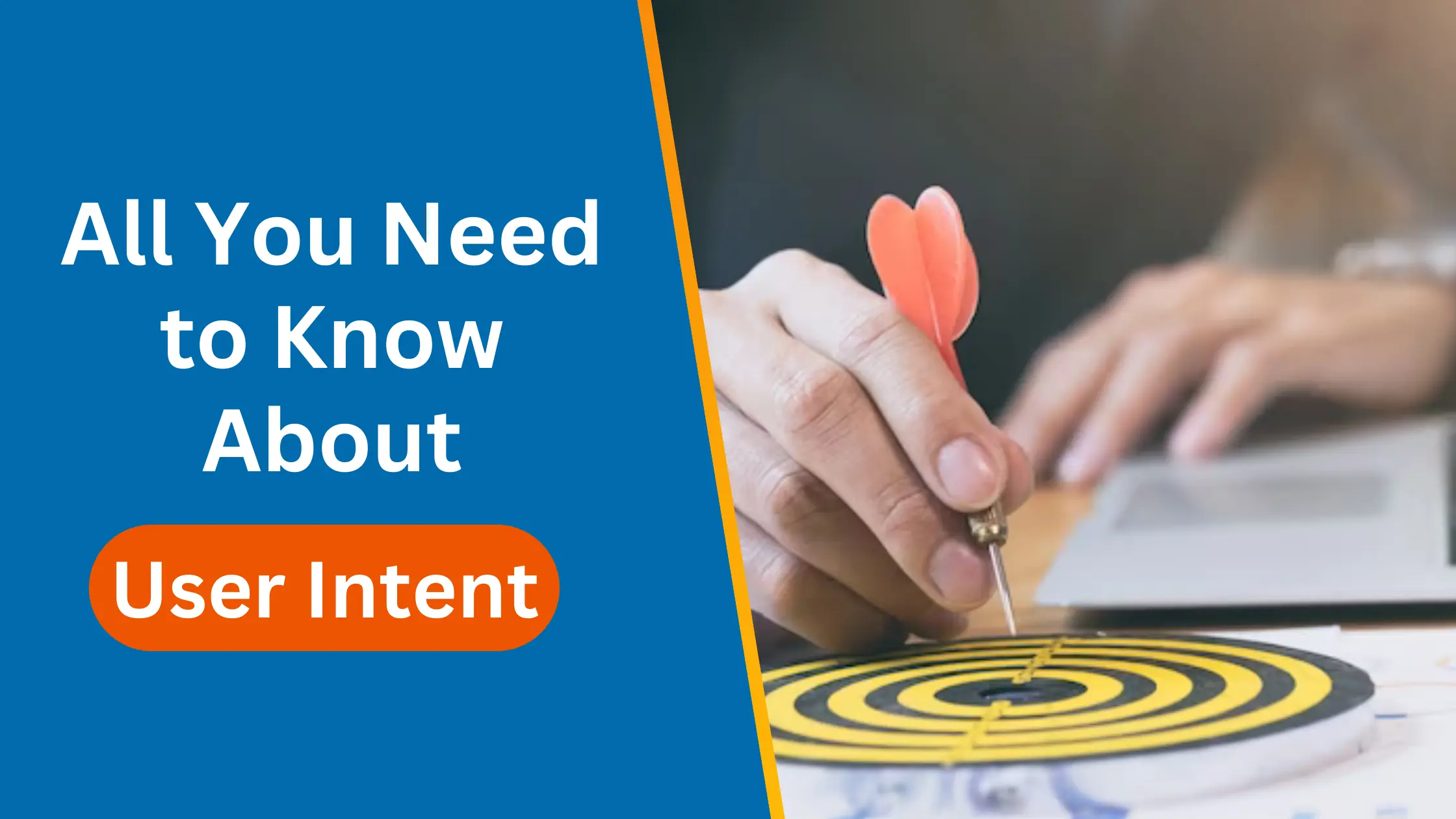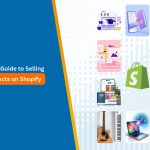When someone types a query in Google or another search engine, they are not simply typing meaningless words – their search has a reason to solve their query. Hence, this intent behind a user’s search query is known as search intent or user intent. It gives insight into what the user is trying to accomplish. Therefore, understanding search intent is crucial for SEO professionals, as it allows them to optimize web pages and content to match better what searchers are looking for.
This blog post will help you know what user intent is, the different types of user intents, аnd why SEO is important for ecommerce in 2025 and beyond.
What Exactly is User Intent?
User intent simply refers to the reason why а user searches for a particular keyword or phrase on a search engine. Some common user intents include:
- Informational: A user wants to find information on something. For example, “Who invented the lightbulb?”
- Navigational: It refers to the user looking for а specific website or webpage. For example, searching for “Facebook or Instagram login”.
- Transactional: The user has the intent to complete a transaction like a purchase, download, signup, etc. For example, searching for “Nike running shoes buy online” or “book a flight to Paris” indicates the intent to purchase running shoes or book the flight directly.
- Commercial: The user is searching for a product or service to buy. For example, “new laptop deals” indicates an intent to purchase a laptop in an ongoing deal.

See How Our Experts Can Drive More Traffic to Your Website!
SEO: Boost your rankings and drive more organic traffic today!
Website Design/Development: Create a stunning website that converts visitors into customers.
Paid Media: Reach the right audience at the right time with expertly managed paid media.
Why User Intent Matters for SEO
Optimizing content for user intent is crucial for local search engine optimization. When your content provides what searchers are actually looking for, search engines will see your pages as useful resources for those queries. Consequently, engines can deliver better matching of user intent with relevant content and websites. This will give you the following benefits:
- Improve Click-Through Rates (CTRs): If search results satisfy the searcher’s query and intent, they will find the information they need and click on the results. Higher CTRs signal to search engines that your content matches the searcher intent.
- Lower Bounce Rates: When people find what they want in the search results, they tend to spend more time on that page rather than quickly bouncing off it. Moreover, lower bounce rates help improve domain and page authority.
- Boost Rankings: Ultimately, aligning content with searcher intent will improve your SEO metrics (like CTR and bounce rate). Therefore, this will make search engines consider your content as more relevant for those queries and increase your content rankings.
How to Optimize for User Intent
You now understand why user intent matters, but how do you really optimize for user intent using SEO? You can follow these best practices:
1. Research Keywords and Their User Intent
Use Google’s keyword research tools to uncover search volume and competition data for your target keywords. However, don’t forget to investigate the reason behind these keywords. Look at the types of results displayed and note patterns in the search queries to determine general user intent categories (informational, navigational, transactional).
2. Create Content that Fulfils the Searcher’s Intent
Tailor your website content so it directly satisfies the query and user intent. This includes on-page content, titles/headers, page design, media, and calls-to-action. For instance,
- Transactional queries call for clear calls to action to purchase а product.
- Informational queries are best met with comprehensive, easy-to-scan information on the topic.
3. Structure Content to Match Intent
Organize your content in а logical structure that aligns with the searcher’s intent.
- Informational: Structure content using clear headers, chapters, and sections. Include FAQs, definition lists, comparison tables, etc. You should also use images/charts to visualize information. For this, you can also get help from а suitable WordPress SEO service provider.
- Navigational: Provide easy site navigation menus and visual sitemaps listing key page sections on the homepage and internal site pages. You should also create а prominently linked “Contact Us” page with all important information.
- Transactional: Structure product or service pages to push users down the conversion funnel
-
-
- Include detailed product information followed by prominent calls to action to complete purchases.
- For example, use transactional keywords like “buy”, “get”, “download”, “book,” etc., or action-oriented calls-to-action, such as “Add to Cart”, “Start Free Trial,” etc. This also implies why SEO is important for e-commerce.
-
4. Insert Related Keywords Naturally
As you customize content for intent, organically insert related keywords and synonyms that engines associate with that intent. But avoid over-optimizing or forcing keywords that sound unnatural.
5. Link Out to Authority Sites
Links to authority resources help search engines verify your content as well as satisfy searcher intent. Especially for informational queries do not miss citing your facts and linking out reputable third-party websites.
By researching intent, structuring content accordingly, interlinking authoritative resources, and getting help from a professional SEO company, you can directly align your website with searcher motivations. User intent optimization is key for exceeding visitor expectations and winning а higher SERP presence.
Tools to Uncover User Intent
Now, the question is, how do you reveal the user intent behind your target keywords? For this, you can take advantage of tools from professional SEO company:
- Google Keyword Planner: Google’s free keyword research tool shows search volume and competition data for keywords. Look for trends and patterns in the suggested keywords list to gauge user intent.
- Ubersuggest: Insert а keyword, and Ubersuggest provides an extensive list of longer-tail variations. The suggested keywords often indicate different types of user intent.
- Google Related Searches: At the bottom of Google search results pages, the “Searches related to” section displays other queries commonly associated with that term. These help piece together the searcher’s intent.
- Google Autocomplete: As you type keywords, Google suggests common search terms starting with those words. Look for query patterns signalling informational, navigational or transactional intent.
- Answer the Public: This tool visually maps associated keywords and questions for а seed keyword. The various branches indicate different intents like broader informational, product-related transactional, etc.
- SEMrush Keyword Magic Tool: SEMrush’s handy tool automatically categorizes keywords by user intent type and also provides examples of each.
Winding Up
Understanding and optimizing for user intent has become crucial for succeeding with search engine optimization and understanding why SEO is important for ecommerce. With artificial intelligence advancing search engine’s capabilities, the focus has shifted from just keywords to understanding the searcher’s purpose. Therefore, You must analyze the searcher intent behind queries and align your content accordingly.
Having websites incorporating intent-based optimization will ensure higher rankings and more visitors compared to those relying on traditional keyword-focused SEO. For expert guidance in implementing intent-focused strategies, digital marketing agencies like Icecube Digitals are the ideal partners. With our experience in future-proof SEO techniques and WordPress SEO service, we can help you succeed in 2025 and beyond.






